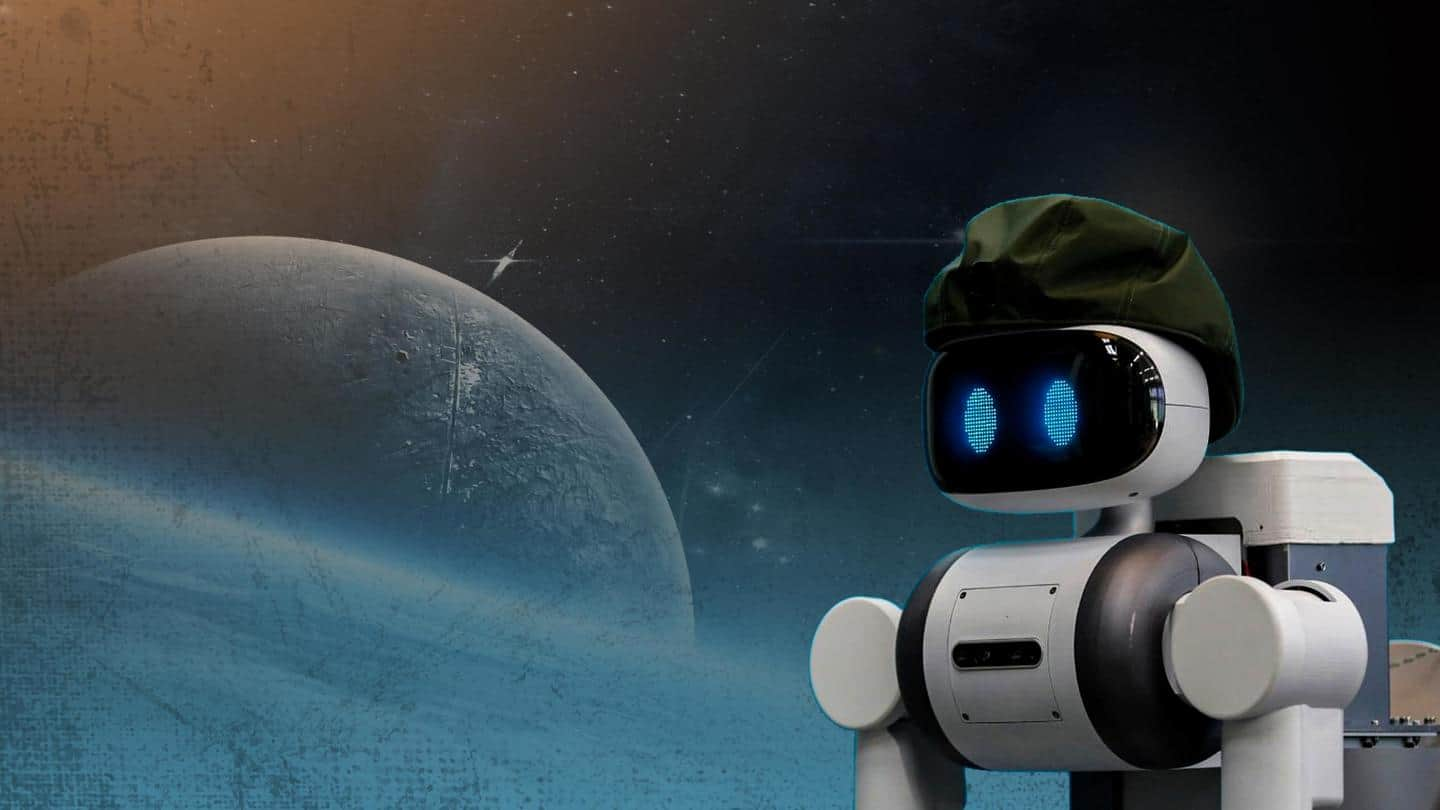
NASA's 'swimming robots' may look for life on other planets
What's the story
The search for alien life is about to take a giant leap. NASA is working on robots that could swim through the water beneath the thick ice of Jupiter's moon Europa and Saturn's moon Enceladus.
SWIM (Sensing With Independent Micro Swimmers) has been proposed by Ethan Schaler, a robotics mechanical engineer at NASA's Jet Propulsion Laboratory.
The robots will be housed in a cryobot.
Context
Why does this story matter?
Nothing has made human minds tick like the search for alien life. Our quest to find life on other planets (or their satellites) has received a major boost with NASA's new 'swimming robots' concept.
Still in the development stage, these robots have the potential to enhance the exploration of planetary ocean bodies with their ability to reach uncharted depths.
New life
Europa and Enceladus may house strange water creatures
Ever since scientists determined the presence of oceans under the thick icy crust of Europa and Enceladus, the question of life on these satellites has been bothering them.
So far, we have only been able to speculate about the presence of strange sea creatures under these uncharted oceans. The SWIM concept is expected to give us a clearer answer to this question.
Swimming robots
4 dozen robots could be fitted in a cryobot
The SWIM's early-stage concept envisions wedge-shaped robots of about 5-inch long and about 3 to 5-cubic inches in volume, much smaller than other planetary exploration robots.
In a cryobot with a 10-inch diameter, about four dozen of them could fit in, taking up just 15% of the payload volume. This would leave more space for other less mobile but more powerful instruments.
Information
The program recently received $600,000 funding
The SWIM concept is not part of any NASA mission as of yet. It recently received $600,000 as Phase II funding from the NASA Innovative Advanced Concepts (NIAC) program. The funding will be used to make test 3D-printed prototypes.
Carrier
The cryobot will be tethered to a surface-based lander
The cryobot that carries the swimbots would be tethered to a surface-based lander, which would be the point of contact with mission controllers on Earth. The tether is expected to stop the cryobot from venturing beyond the point where ice meets ocean.
The cryobot will have a nuclear battery, which will help melt the ice to create a downward path.
Data collection
The swimbots could flock together like fish or birds
Every swimbot would have its own propulsion system, onboard computer, and ultrasound communications system, along with sensors for temperature, salinity, acidity, and pressure. It will also have chemical sensors for biomarkers.
To reduce the error in data collection, the robots could mimic fish and birds to flock together and take overlapping measurements. This collective data collection could show temperature or salinity gradients.